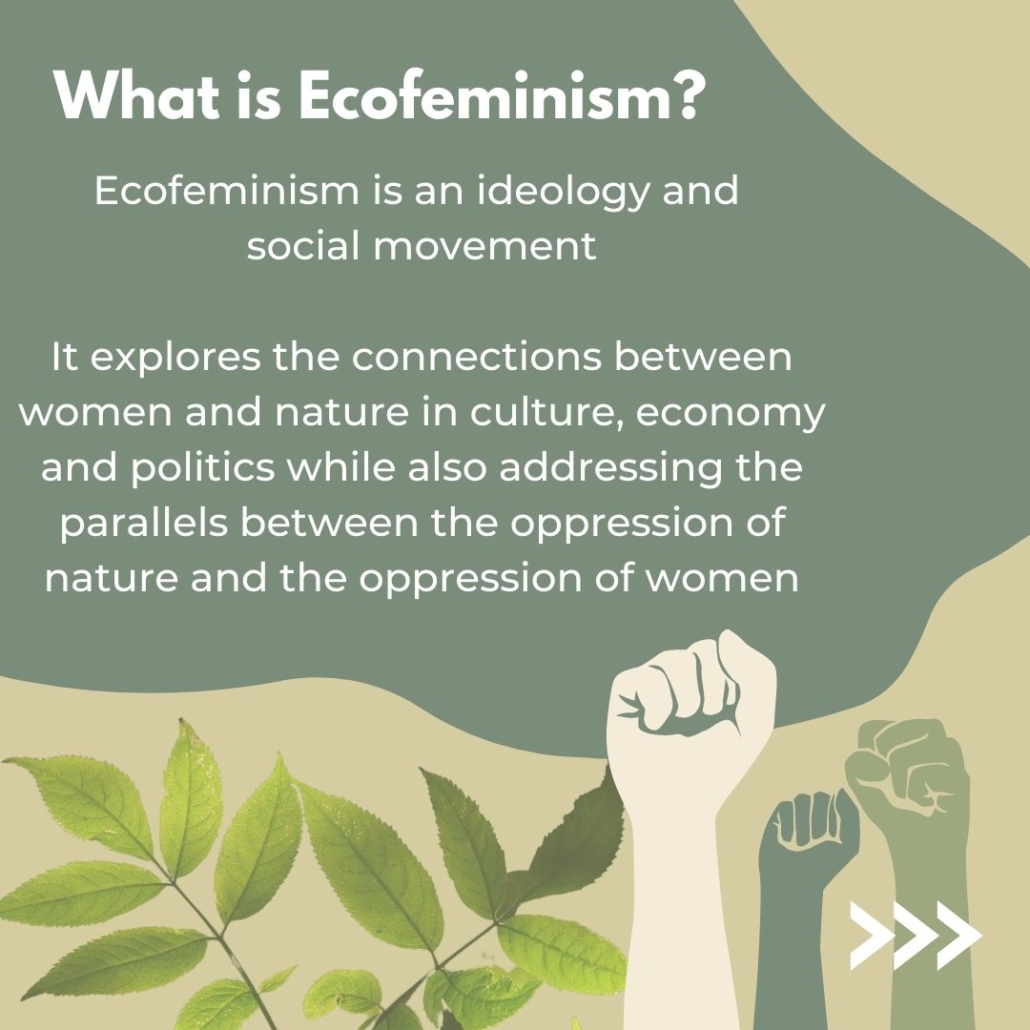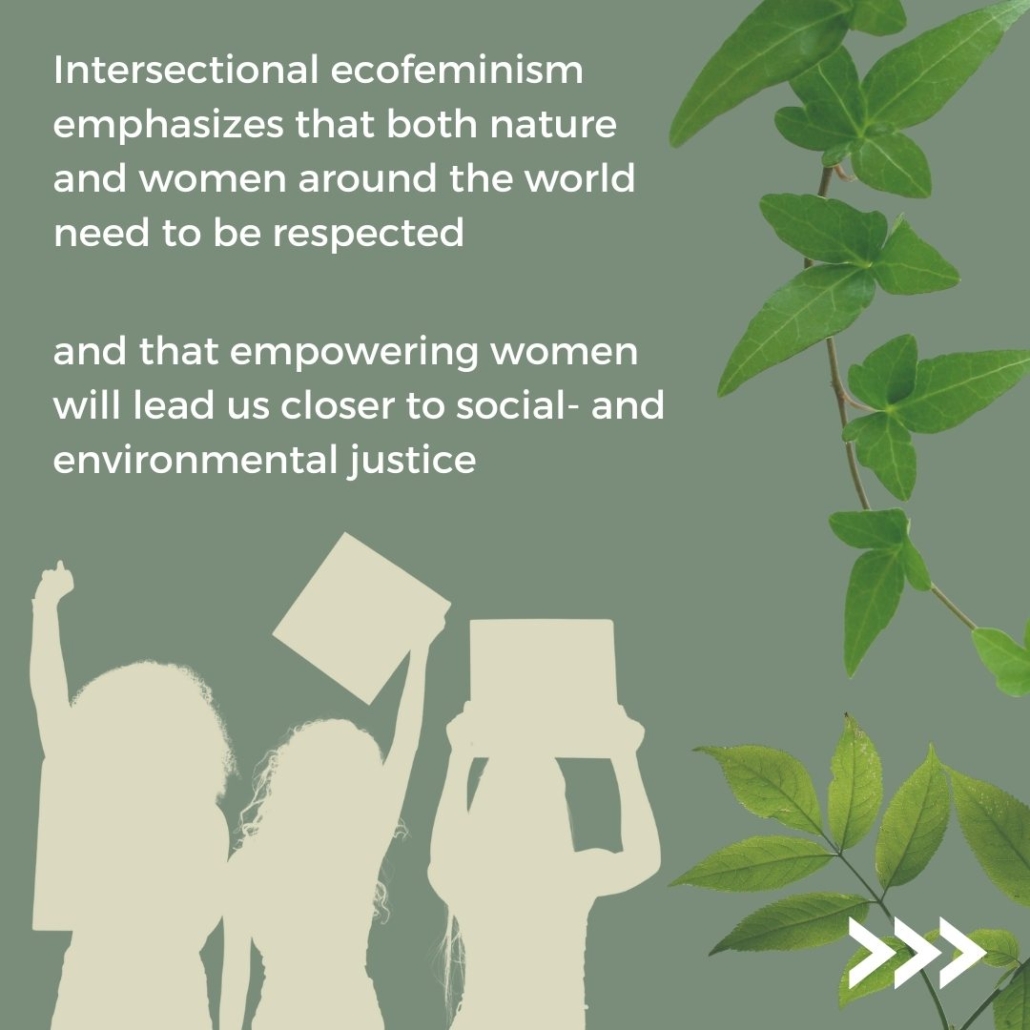
The war in Ukraine has highlighted the significance of energy policy as a major power issue. It is an opportunity to break








“We are either going to have a future where women lead the way to make peace with the Earth or we are not going to have a human future at all.” – Vandana Shiva.
Many women have been remarkably stepping into environmental advocacy spaces to make their voices heard, but how important is it to integrate both feminism and climate activism in our advocacy discourse?
We have all heard activists and seen studies claim that women lead better and are peacemakers as they favour intuition and collaboration, so, could ecofeminism really be the ultimate solution for the environmental debacle we are facing?
As we all may know, women are one of the main groups that are at the frontline of climate activism since they are particularly affected by the environmental crisis (80% of the people being displaced by climate change are women according to UN Environment), which is why special attention towards women and the climate change effects on them is needed. This is notably explored by ecofeminism.
The term ‘ecofeminism’ was first coined by the renowned French feminist Françoise d’Eaubonne, who described it to be a branch of feminism that explores the connections between women and nature. What is also interesting about Ecofeminism is that it digs deeply into how both women and the environment are at risk as a result of the patriarchal rule. As a matter of fact, patriarchy has always been strongly linked with capitalism which explains the simultaneous exploitation of both natural resources and women as a social class.
Some not-so-fun facts worth mentioning are that 70% of the 1.3 billion people living in conditions of poverty are women. In urban areas, 40% of the poorest households are headed by women. Women predominate in the world’s food production (50%-80%), but they own less than 10% of the land.
Ecofeminism is believed to be more respectful of nature and women as it decenters males and abolishes hierarchies, men are then not thought to be superior to women or nature. Although ecofeminism originated in Europe, the actual movement started in the USA during the late 1970s and early 1980s, where it took a more inclusive turn as it coincided with the rise of intersectional feminism. Intersectional ecofeminism holistically plunges into the living conditions of women from different backgrounds and dissects the inequalities they endure through an environmentalist lens. It is then considered to be the ideal activistic paradigm.
While addressing the struggles of women in the context of climate change, the term “women” tends to be vague as they are not a homogeneous group, they actually exist on a large spectrum that should be meticulously analysed hence the need for an intersectional approach.
Intersectionality sheds light on different issues faced by various women, such as the different geographical contexts. As a matter of fact, women face different challenges based on where they’re from. For example, in areas that are prone to droughts, women often face different struggles than men. Environmental degradation such as droughts often leads to economic instability, and as a result, women may have to give up on resources such as education in order to support the family.
Ecofeminism recognises how gender roles make us experience our environment and nature differently, and how different gender roles may experience different consequences. Another example is how women in some contexts are forced to travel long distances to collect fuel, food, and water which subjects them to security risks and gender-based violence. Moreover, in Mexico and Central America between 2016 and 2019, about 1,698 acts of violence were recorded against female human rights defenders.
All struggling communities should then be provided with a platform that allows them to speak up about their experiences and share their stories that are a testament to their resilience. We can never do justice to the representation of the different journeys led by different women in the context of climate change, however, the best we can do is to make their names known, especially the non-white and underrated ones like Isatou Ceesay, Vandana Shiva, Susan Chomba, Sônia Guajajara and many others.
Going back to the initial question, women have the ability to make this world a better place: they are the backbones of their communities and the shapers of the future that we can’t overlook the importance of their role in eradicating the climate crisis, empowering them locally and globally could definitely revolutionise our dystopian foreseeable future.
So, if you were to envision a non-patriarchal world where women were predominantly leaders, don’t you also think that our history and present would have been vastly different?
If you want to explore this topic more, check out the podcast “Outrage + Optimism”, episode number 191.

The war in Ukraine has highlighted the significance of energy policy as a major power issue. It is an opportunity to break

How is our generation responding to the challenges posed by the energy crisis and the imperative for a green transition? This thought-provoking

In this article, we will delve into the exciting world of hydrogen as a potential solution for energy storage, aiming to overcome

Learn about the positive and negative outcomes of the liberalisation process, and how energy communities could play a major role in the
 YEE aims to unite environmental youth non-profit organisations in Europe in order to enhance international cooperation, increase knowledge about the climate crisis, raise awareness of environmental problems and to strengthen participation of youth in environmental decision-making.
YEE aims to unite environmental youth non-profit organisations in Europe in order to enhance international cooperation, increase knowledge about the climate crisis, raise awareness of environmental problems and to strengthen participation of youth in environmental decision-making.
Vinohradská 2165/48
120 00 Praha 2 – Vinohrady
Czech Republic
E-mail: yee@yeenet.eu
Supported by the Council of Europe through the European Youth Foundation.
Co-funded by the European Union. Views and opinions expressed are however those of the author(s) only and do not necessarily reflect those of the European Union or the European Education and Culture Executive Agency (EACEA). Neither the European Union nor EACEA can be held responsible for them.

 Liberalisation of the energy sector | Webinar Recap
Liberalisation of the energy sector | Webinar Recap 
